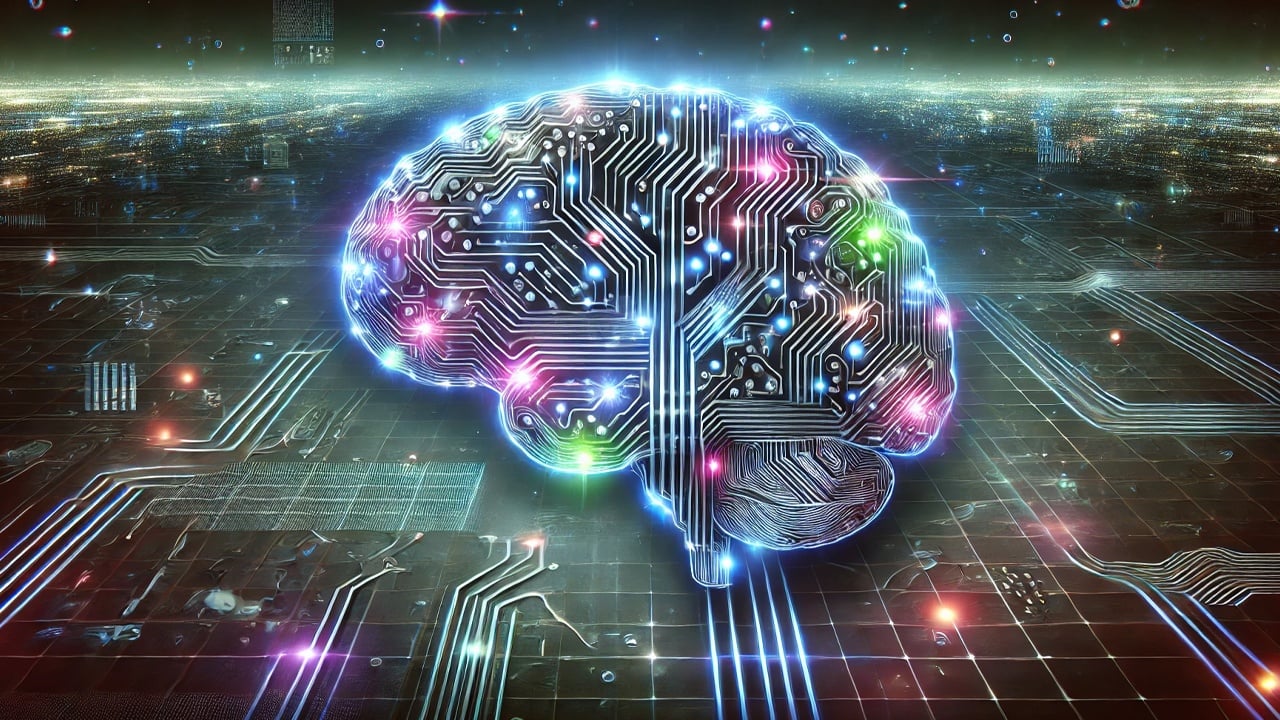In a groundbreaking development, researchers from HSE University and the Artificial Intelligence Research Institute (AIRI) have harnessed the power of artificial intelligence to revolutionize neurofeedback. The team, led by Alexei Ossadtchi, achieved a remarkable 50-fold reduction in latency between changes in brain activity and the corresponding neurofeedback signal.
This achievement holds significant promise for advancing treatments related to attention deficit disorder and epilepsy. Published in the Journal of Neural Engineering, the study challenges existing limitations in neurofeedback and introduces a potential game-changer for patients undergoing neurological therapies.
Tackling the challenge of delay with AI-based neurofeedback
The efficacy of neurofeedback has persistently grappled with a notable temporal lag existing between the nuanced shifts in brain activity and the ensuing manifestation of feedback signals. Although antecedent investigations showcased triumph in minimizing these temporal gaps, surpassing the threshold of 500 milliseconds emerged as a pernicious impediment, detrimentally compromising the congruence between feedback and cerebral occurrences.
Confronting this challenge head-on, the researchers, discerning the salience of latency, embarked upon a concerted effort to address the temporal intricacies, recognizing them as pivotal determinants in the efficacious deployment of neurofeedback therapies.
The predominant challenge resided in Gabor’s uncertainty principle, mandating the meticulous scrutiny of cerebral signal magnitudes across a temporal span spanning 200 to 300 milliseconds for the purpose of delineating particular rhythmic patterns. This winnowing procedure, albeit indispensable, brought about temporal lags, thereby complicating the endeavor to forge an instantaneous nexus between alterations in brain activity and the corresponding feedback signals.
TCN’s breakthrough in latency reduction
To overcome the latency challenge, the research team turned to artificial intelligence, training neural networks with extensive datasets of individuals’ brain activity. The objective was to create a model capable of accelerating the detection of target signals amid the broader spectrum of brain activity. Various neural network architectures were tested, with the Temporal Convolutional Network (TCN) emerging as the most effective.
Implementing TCN allowed the construction of a filter that isolated rhythmic brain activity, leading to an unprecedented reduction in latency. The delay in presenting feedback signals, reflecting instantaneous alpha rhythm intensity, was slashed to just 10 ms. This represents a remarkable advancement, lowering the delay by approximately fifty-fold compared to conventional neurofeedback systems.
The Temporal Convolutional Network (TCN), in addition to evidencing unparalleled proficiency in mitigating latency, conspicuously exhibited a capacity to expeditiously track transitions within neural populations in a veritable real-time milieu, all while maintaining an impressively nominal delay. This groundbreaking modus operandi not only heralds a transformative epoch in the realm of neurofeedback but also lays the foundation for a paradigmatic reconfiguration, proffering a therapeutic methodology that is not only more responsive but also markedly more efficacious in addressing the intricacies of neurological disorders.
The collaborative efforts of HSE University and AIRI researchers have propelled neurofeedback into a new era. By leveraging AI, they have successfully addressed the long-standing issue of latency, opening unprecedented possibilities for treating neurological conditions. The study’s findings not only challenge existing paradigms but also provide a potential breakthrough in enhancing the efficacy of neurofeedback therapies. As the research community explores the broader implications of AI-based neurofeedback, it holds promise for a future where neurological disorders can be more effectively understood and treated.





